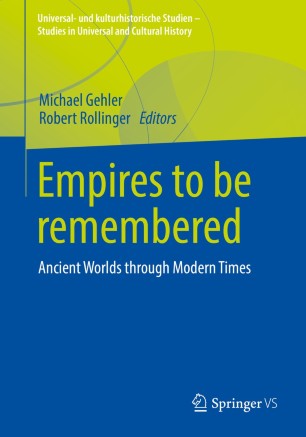مفیدی نصرآبادی، بهزاد. ۱۴۰۰. چغازنبیل: بافت شهری و جنبههای معماری در ایلام باستان. تهران: انتشارات دکتر محمود افشار.
Mofidi Nasrabadi, Behzad. 2022. Choghā Zanbil: Bāft-e shahrī va janbah-hā-ye meʻmārī dar Īlām-e bāstān [Chogha Zanbil: The Urban Environment and Architectural Features in Ancient Elam]. Tehran: Dr. Mahmoud Afshar Publication.
کتاب چغازنبیل: بافت شهری و جنبههای معماری در ایلام باستان شرح مفصلی از ساختار بناها در چغازنبیل از جمله زیگورات، معابد خدایان گوناگون، کاخها و دیگر فضاهای موجود در این محوطه را به دست میدهد. این اثر که پژوهشهای پیشین نویسنده در این خصوص به زبان آلمانی را گرد آورده و آنها را به زبان فارسی ارائه میدهد، ملاحظاتی مفید نحوه سکونت و اقتصاد شهری و همچنین طراحی و برآورد حجم کارهای ساختمانی اجراشده را نیز شامل میشود. علاوه بر آن، زمینههای تاریخی، جغرافیایی و آیینی شکلگیری فضای شهری در چغازنبیل نیز به طرز مبسوطی به بحث گذاشته شده است. کتاب حاضر از حیث ارائه تصویری کامل از موضوع مورد بحث حائز اهمیت است.







